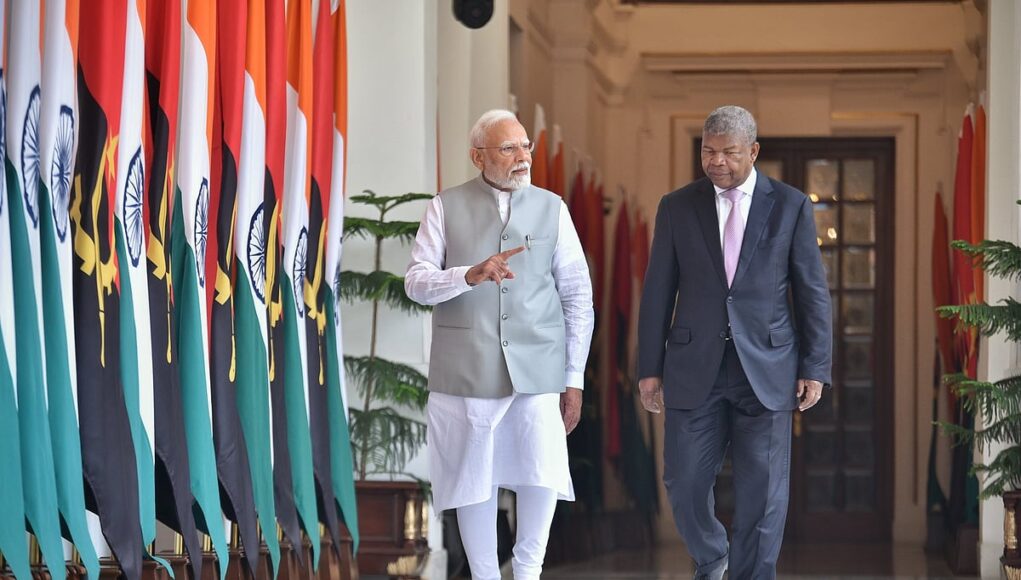Source : NEW INDIAN EXPRESS NEWS
Cartel calculus
Angolan oil remains critical in India’s energy security calculus, especially in an era of market volatility and sanctions affecting other suppliers like Iran and Russia. In 2023, Angola exported approximately $2.5 billion worth of crude oil to India — the highest to any country after China. Alongside Nigeria and the Republic of Congo, it is one of sub-Saharan Africa’s top oil producers, accounting for over 90% of its exports. Although it was a long-standing member of the Organisation of the Petroleum Exporting Countries (OPEC), having joined in 2007, it exited the cartel in late 2023 over disagreements with Saudi-led quota restrictions.
Angola’s oil minister, Diamantino Azevedo, stated that the quotas imposed by OPEC did not align with Angola’s national interests, especially as it sought to boost revenues amid fiscal strain and post-pandemic recovery efforts. This rupture has important implications for India because Angola is not just a supplier; it is a test case for how India can build energy-secure, strategically autonomous relations in Africa.
Indian companies like ONGC Videsh have long expressed interest in Angolan offshore blocks. With the country reasserting control over its production quotas, India now has leverage to negotiate better terms, possibly through equity investments rather than purely trade-based procurement.
Angola’s daily oil production has varied, but it generally hovers around 1.1–1.3 million barrels per day. Despite production challenges due to ageing oil fields and underinvestment in infrastructure, Angola remains important for OPEC, particularly in discussions on African oil quotas, compliance, and output ceilings.
Although not explicitly stated, India’s growing presence in Africa is partially shaped by the need to counter China’s deep economic inroads, as China continues to be Angola’s largest trading partner and creditor. Against this backdrop, President Lourenço’s interaction with Indian businesses, including invitations to invest in Angola’s special economic zones, explore public-private partnerships and participate in infrastructure projects, signals its intent to diversify its economic partnerships.
What comes next
Despite the promising trajectory, implementation remains India’s Achilles’ heel. Lines of Credit are often slow to disburse, and many African partners have flagged bottlenecks in follow-through. India must learn to convert MoUs into milestones, not merely press releases. Second, New Delhi must expand its diplomatic bandwidth; although Angola has a full Indian mission, it lacks sectoral specialists, limiting real-time policy engagement.
The possibilities, hence, are compelling. Angola could serve as a gateway for Indian businesses into the African Continental Free Trade Area (AfCFTA). Its mineral reserves offer openings for India’s critical minerals strategy and its location on the Atlantic coast gives India strategic visibility into the Gulf of Guinea, a region increasingly linked to maritime security and piracy concerns.
This engagement with Angola also complements India’s growing overtures to former Portuguese colonies such as Mozambique and Guinea-Bissau. It opens up Lusophone Africa, a region that has long remained at the periphery of New Delhi’s Africa policy. As the geopolitical pendulum swings towards the Global South, India’s proactive embrace of Angola shows that New Delhi is not just participating in the new world order, it is helping shape it.
(The author is a Research Analyst at the Takshashila Institution)
SOURCE :- NEW INDIAN EXPRESS








